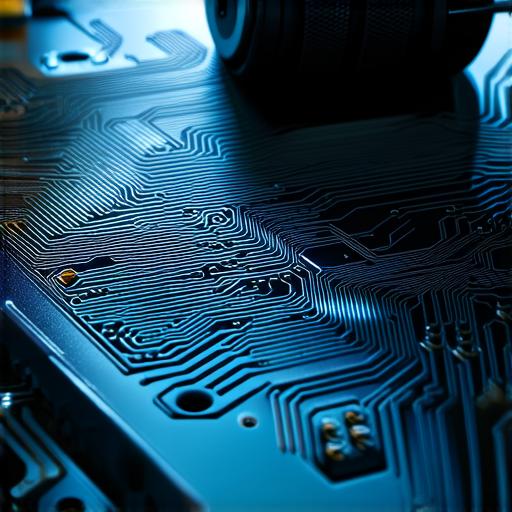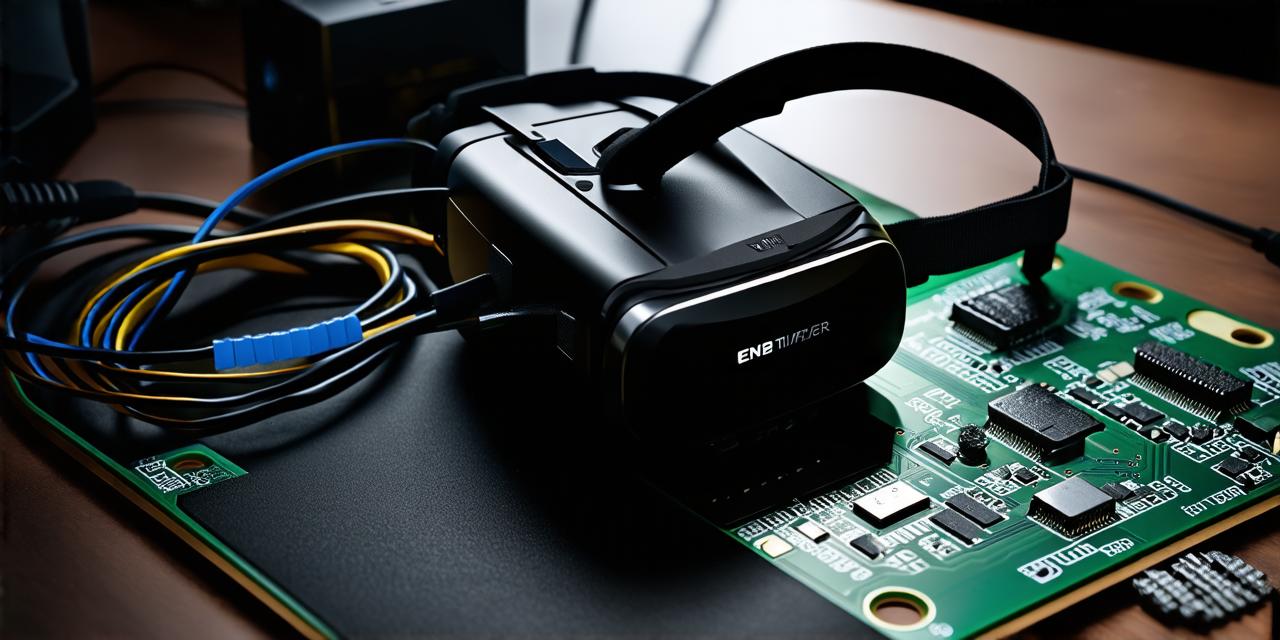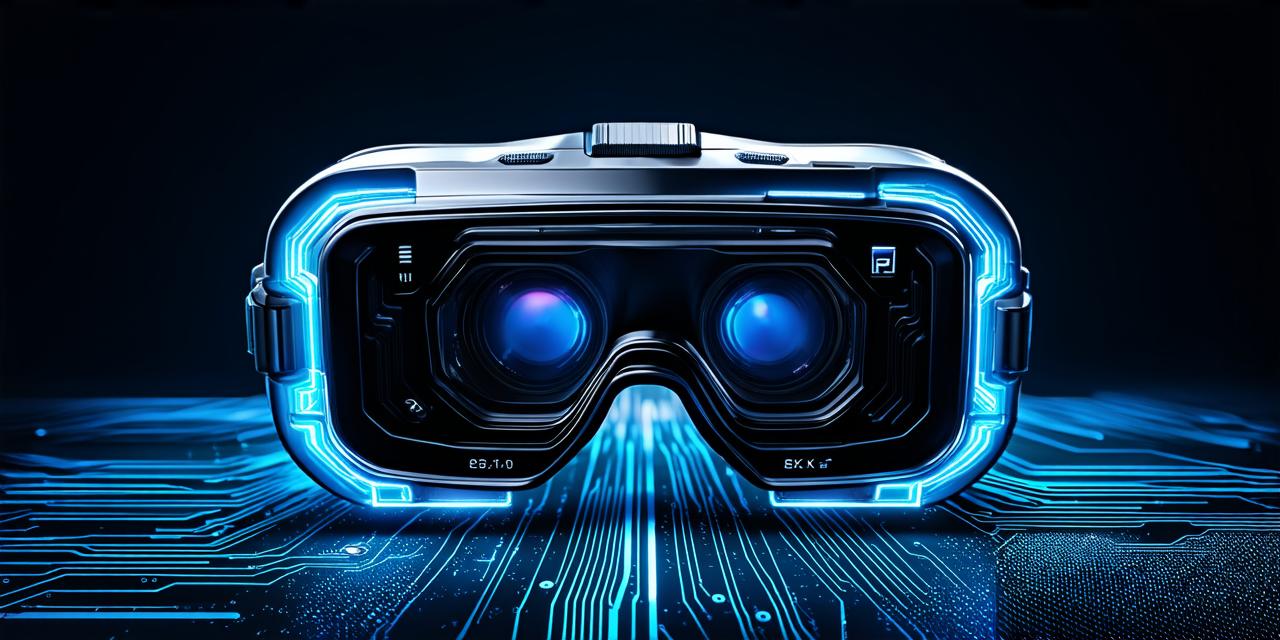The road to VR development is not without its challenges. Developers must grapple with issues like minimizing latency for smooth user experiences, ensuring compatibility across various hardware platforms, and optimizing performance to run on limited resources. These hurdles require innovative solutions and a relentless pursuit of technological advancement.
The Role of User Experience (UX) Design
UX design plays a pivotal role in VR development. Developers must consider factors like comfort, usability, and accessibility to create virtual environments that are not only immersive but also intuitive and easy to navigate. This involves understanding user behavior and preferences, as well as staying abreast of the latest UX trends and best practices.
The Impact of VR on Society
The potential societal impact of VR development is profound. By offering immersive educational experiences, VR can revolutionize learning, making it more engaging and accessible to a wider audience. In healthcare, VR simulations can provide realistic training opportunities for medical professionals, improving patient outcomes. Furthermore, VR’s ability to transport users to distant locations or recreate historical events can foster empathy and understanding, bridging cultural divides and promoting global unity.
The Art of Balancing Realism and Imagination
A key aspect of VR development is striking the right balance between realism and imagination. Developers must create virtual environments that feel authentic yet allow for creative freedom, pushing the boundaries of what is possible in a digital realm. This requires a delicate blend of technical expertise and artistic vision.
The Evolution of VR Development: A Continuous Journey
The world of VR development is ever-evolving, with new technologies and innovations emerging constantly. Developers must be adaptable, always ready to embrace change and seize opportunities for growth. As the landscape of VR continues to shift, so too will the experiences crafted by these pioneering digital artists, shaping the future of human interaction with technology.
FAQs
1. What is the role of a UX designer in VR development?

– A UX designer in VR development ensures that virtual environments are comfortable, usable, and accessible, considering factors like user behavior, preferences, and technological advancements.
2. How can VR impact society?
– VR can revolutionize education, healthcare, and more by offering immersive experiences, improving training opportunities, fostering empathy, and bridging cultural divides.
Summary
The realm of VR development is a captivating fusion of technology and imagination, offering limitless possibilities for creativity and innovation. As developers navigate the challenges of realism, collaboration, and societal impact, they shape the future of human interaction with digital realities, transforming our understanding of reality itself.


